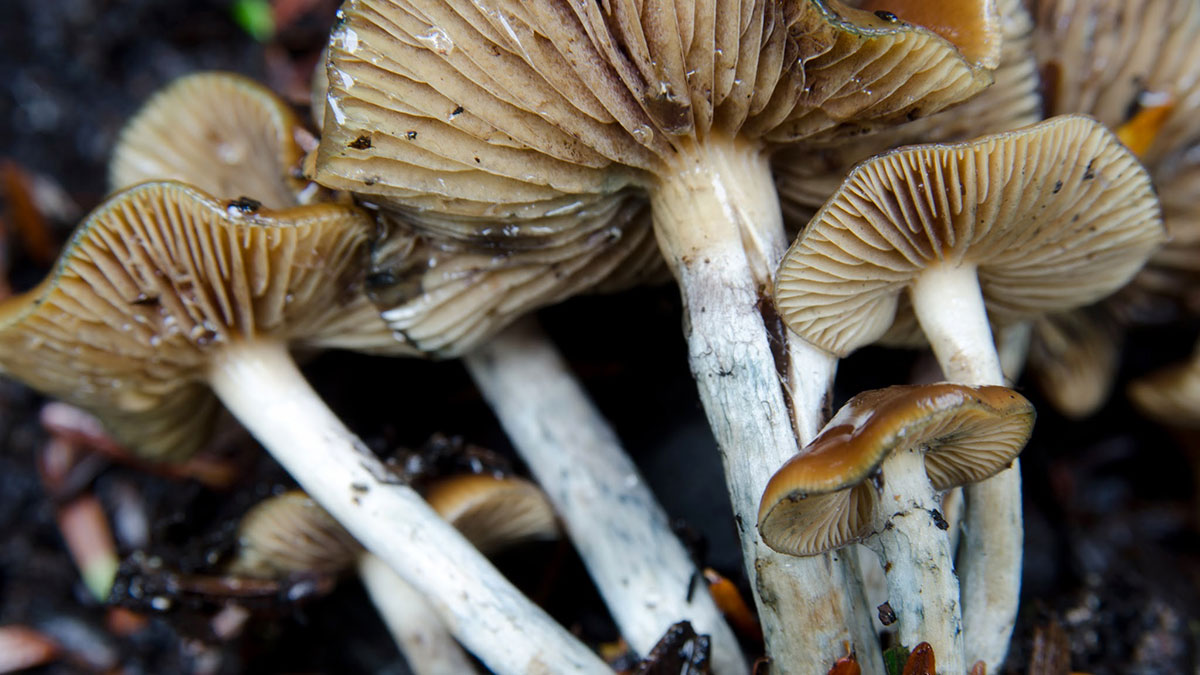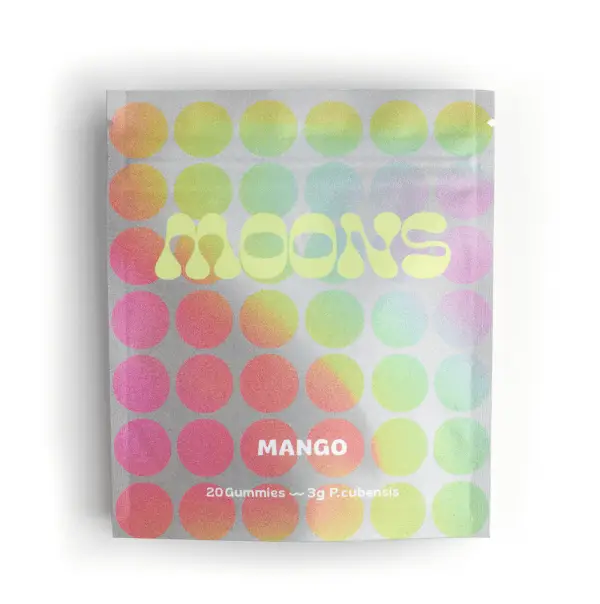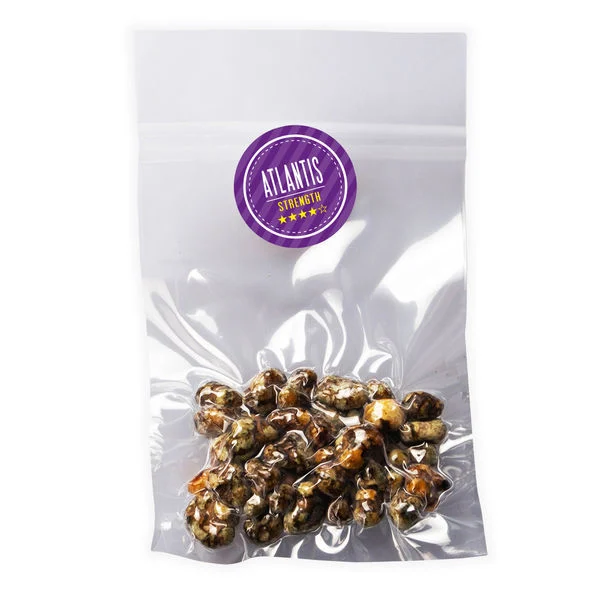Magic Mushroom Kinds, Magic mushrooms, known scientifically as psilocybin mushrooms, are a diverse group of fungi that contain psychoactive compounds like psilocybin and psilocin. These mushrooms have been used for centuries in various cultures for spiritual, recreational, and medicinal purposes. Today, interest in psychedelics is growing rapidly, making it essential to understand the different magic mushroom kinds available around the world.
1. Psilocybe cubensis
Psilocybe cubensis is arguably the most popular and widely cultivated kind of magic mushroom. It’s known for its medium to large size, golden caps, and relatively high psilocybin content. This species is often referred to by various strain names such as Golden Teacher, B+, and Amazonian. Due to its ease of cultivation, it’s commonly used by beginners and experienced psychonauts alike.
2. Psilocybe semilanceata (Liberty Cap)
Recognizable by its small, conical cap, Psilocybe semilanceata is one of the most potent wild magic mushroom kinds. It grows naturally in grassy fields and meadows, especially in Europe and North America. Despite its small size, it contains a significant amount of psilocybin, making it a powerful psychedelic option.
3. Psilocybe cyanescens (Wavy Cap)
This species is noted for its wavy-edged cap and high psilocybin levels. Native to the Pacific Northwest of the United States, Psilocybe cyanescens often grows in wood chips and mulch. Its potency and unique appearance make it one of the most sought-after magic mushroom kinds.
4. Psilocybe azurescens (Flying Saucer Mushroom)
Known as one of the most potent magic mushroom kinds, Psilocybe azurescens can produce strong and long-lasting trips. It grows naturally in Oregon and Washington state and is characterized by a large cap and thick stem. Users report intense visuals and profound introspective experiences.
5. Psilocybe mexicana
This species holds historical significance, as it was used in ancient Aztec rituals. Psilocybe mexicana is considered one of the original mushrooms studied by scientists in psychedelic research. Though milder than some other species, it offers a deeply spiritual and euphoric experience.
6. Panaeolus cyanescens (Blue Meanie)
Not to be confused with the Psilocybe cubensis strain of the same nickname, this species is part of a different genus but contains high levels of psilocybin. It grows in tropical regions and has a thinner appearance than many other kinds. Effects are strong, often leading to vivid hallucinations and altered perception.
7. Gymnopilus species
While not as commonly consumed, some Gymnopilus species also contain psychoactive compounds. These mushrooms are usually orange to rusty brown and grow on wood. They tend to be less potent but still capable of producing mild to moderate psychedelic effects.
Final Thoughts
With so many magic mushroom kinds available, it’s important to understand their differences in appearance, potency, and effects. Always approach these substances with caution, awareness of local laws, and a clear intention for use. As research into psychedelics expands, our understanding of these fascinating fungi continues to grow, opening new doors for therapeutic and spiritual exploration.
You Might Also Like These:





